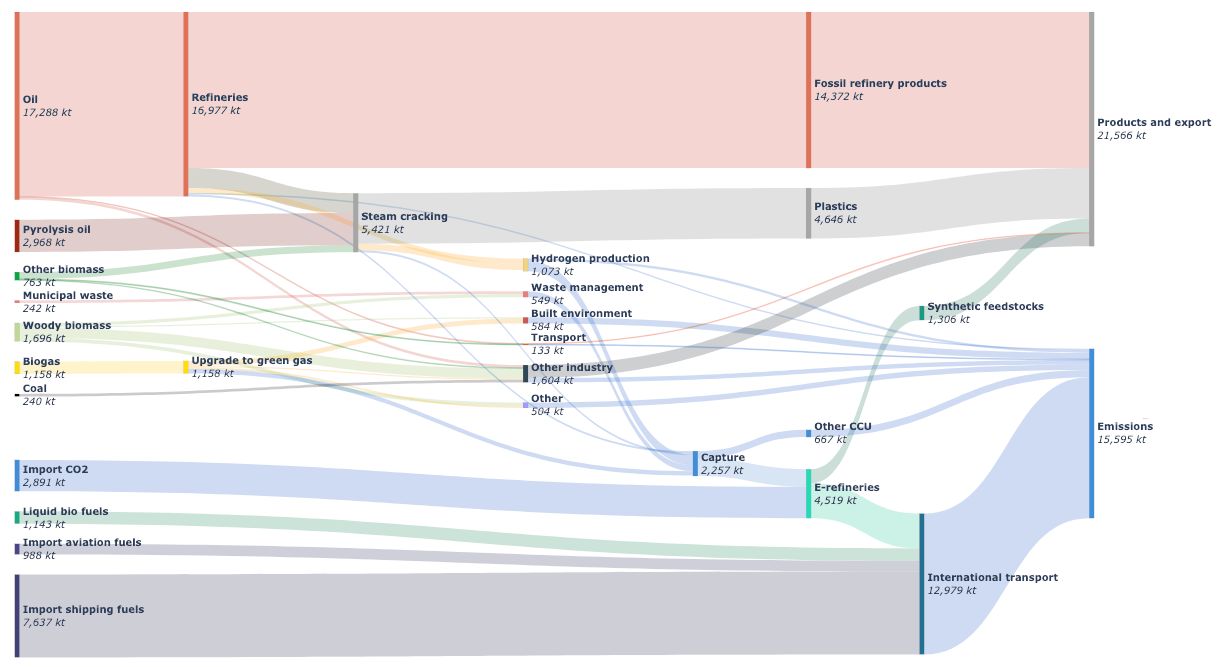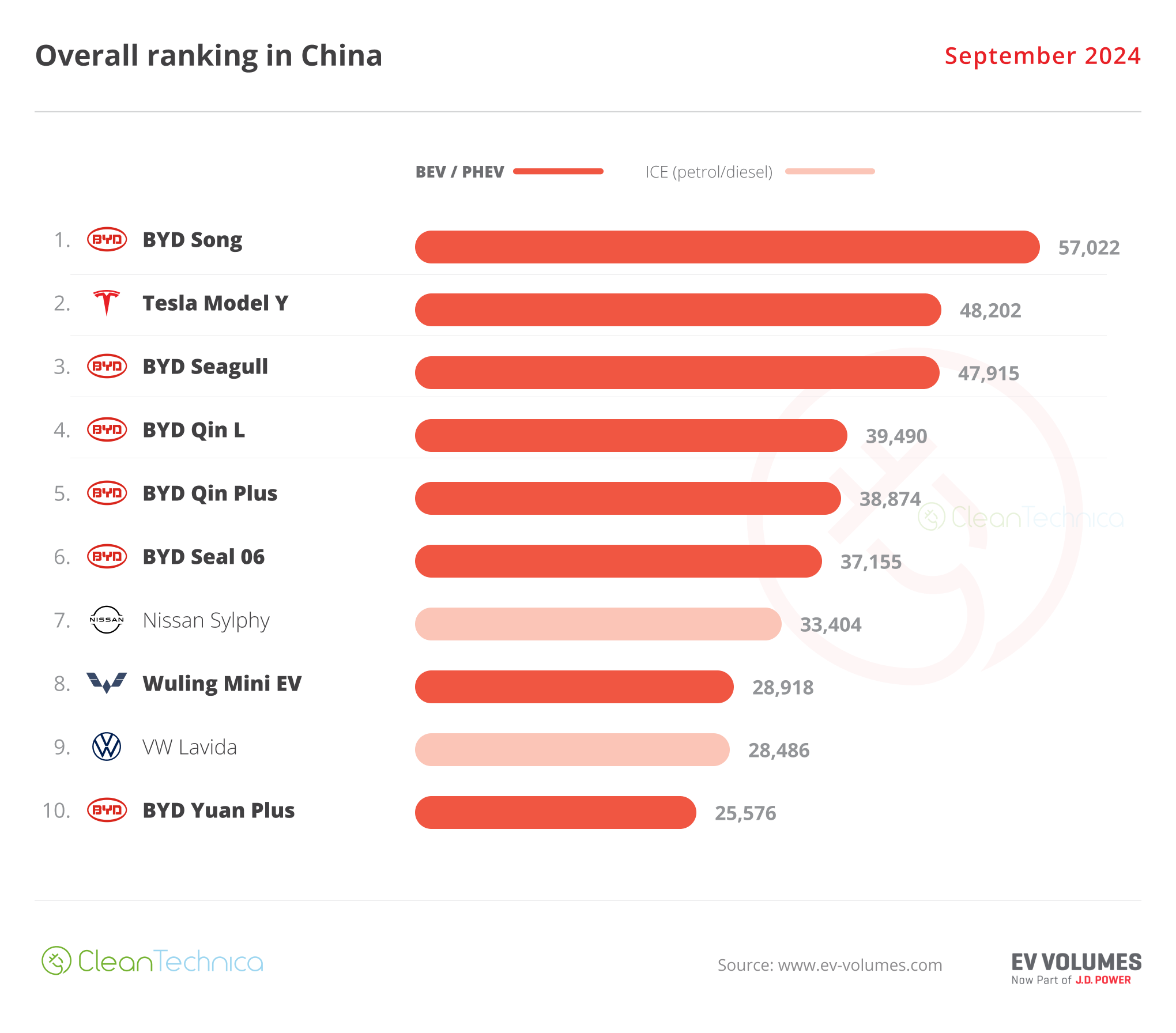Support CleanTechnica’s work through a Substack subscription or on Stripe.
This is part 3 of some extended thoughts on the Dutch grid and where it’s headed. Read part 1 of this discussion here and part 2 here.
The Dutch Grid in 2050 — Conclusions
The Dutch grid transition is going from a grid managed by a few local energy monopolies to something completely different. It is transitioning to a free market for energy production where hundreds of startups and some multinationals compete for the business of energy retailers and large users. These retailers are partly owned by the same companies as the producers, but operate mostly independently. The physical grid is divided in a >110kV international transport grid and a number of interconnected distribution grids. The grids are owned by society.
The number of power plants feeding the grid grows from a dozen to hundreds or more. Most users are also becoming producers, hence referred to as prosumers. The architecture of the grid transitions from hierarchical to a web structure, able to transfer energy from everywhere to everywhere at any time. Some parts are real microgrids or virtual microgrids often managed by user groups.
From a solid, dependable, centrally coordinated public service, it becomes a free market with all the unpredictable ups and downs, growth spurts and shrinkages, guided by the invisible hand. New ideas and products enter the market as happens in every open and free market.
It goes from a local and national coordinated and planned organization to part of a larger structure with a European supervisor/coordinator which starts to interfere in the organization and management.
In parallel with the grid, the users have to transition from fossil fuel for heating, cooking, and industrial processes to doing the same thing with electricity. It is about replacing appliances and machinery, adjusting the buildings, and learning a new way to manage and use it.
It is a restructuring of a large part of our build environment.
To do this well is a gigantic job. But compared to the business-as-usual approach, it is relatively simple. Wind turbines — just more of the same. Homes transition from natural gas to heat pumps — millions of the same task. Another 50,000 connections to the 10kV grid — yes, more of the same. Placing a million curbside V2G-capable EV chargers — just our daily job. Adding grid capacity — oops, the paperwork, studies, procedures for environment and zoning implications, concessions, and finally permits. Every step is unique and headache inducing.
The simplicity of this transition makes it manageable. The costs are predictable. It is easy to explain to the public. It is the solution in the end that is the cheapest and most compatible for the economy.
Convincing all parts of government and the many stakeholders that simplicity should win in the end could be too big a task.
Epilogue
Our know-nothing government, leaning on the advice of the old energy companies, started preparing for 2050 years ago. I looked at their 2030-2050 Integrated Infrastructure Outlook. To be honest, I did not explore all 204 pages, including the fine print. Seeing that in 2050 the import of crude oil was still going on and the refineries were still working for export and some local customers (we need to capture carbon, to make synthetic fuels!!) as if nothing had changed … well, that turned my stomach. Someone did not get the message that the intention of 2050’s zero CO2 production implied no more fossil fuels in any form for any use.

The second topic that made my brows frown was the hydrogen pipeline net they were building. Okay, that was a government decision, but the discussion about big, bigger, or much bigger? What did they think was the goal of all that hydrogen? And hydrogen import/export? Somehow they are convinced we need large quantities of hydrogen for our energy infrastructure. In case we have still a CleanTechnica reader who thinks along the same lines, read some of Michel Barnard’s rants excellent articles about the many benefits of hydrogen for their lobbyists. Or even better, try to understand Michael Liebreich’s hydrogen ladder.
Another one that escaped my understanding was synthetic fuels. I understand the use of them in bulk shipping and longer distance aviation. In 25 years, we’ll likely have thousands of small, short range aircraft for city hopping. That is up to a thousand or two thousand kilometers. But synthetic fuels for road transport, heating, and factories??? Those synthetic fuels were made with captured carbon from burning fossil fuels. Now they are going to be burned as synthetic fuels? Without any type of carbon capture? Carbon heating the climate after being used twice to burn something?
Using residual heat from industrial processes for heating of houses did make a lot of sense. We do burn a lot of stuff for a lot of reasons. But upscaling heat distribution on a large neighborhood or small city scale while we are trying to minimize residual heat produced by the inefficiency of just burning galore? If this transition is successful, there will be hardly any residual heat to distribute.
In the good old days, after crude oil and coal replaced whale oil, we got three distribution systems — one for electricity produced by burning coal, one for gas because it was great for lighting and cooking, and one for oil and coal for all uses not covered by the first two systems. Now we are moving away from fossil fuels. We can augment our infrastructure with distribution networks for hydrogen and heat, while keeping the old structures at least partly functional.
Reading what my government is doing did not make me happy.
Sign up for CleanTechnica’s Weekly Substack for Zach and Scott’s in-depth analyses and high level summaries, sign up for our daily newsletter, and follow us on Google News!
Have a tip for CleanTechnica? Want to advertise? Want to suggest a guest for our CleanTech Talk podcast? Contact us here.
Sign up for our daily newsletter for 15 new cleantech stories a day. Or sign up for our weekly one on top stories of the week if daily is too frequent.
CleanTechnica uses affiliate links. See our policy here.
CleanTechnica’s Comment Policy




